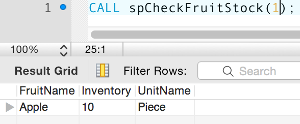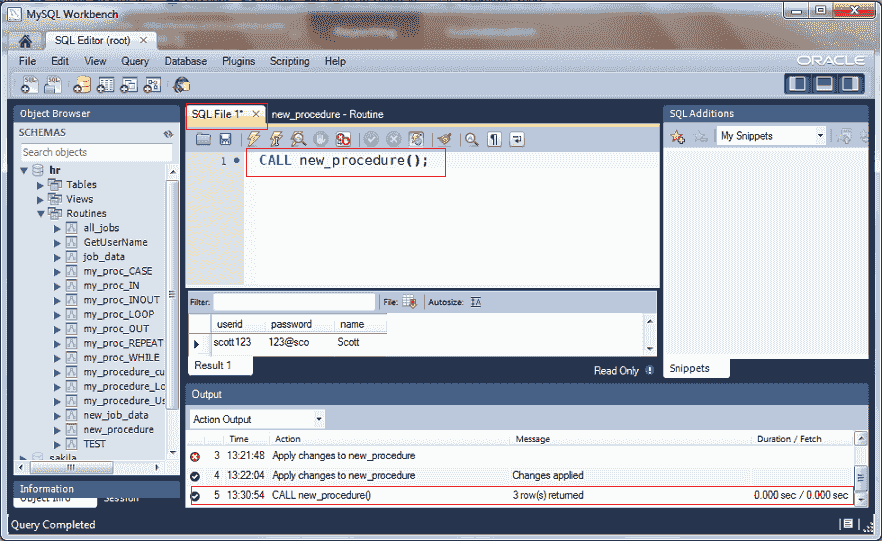

Relying on a stored procedure also ties the user to a particular database. It is not easy to port stored procedures written in a specific language from one installation to another. Using many stored procedures and logical operations causes the memory and CPU usage to increase significantly for every connection. The disadvantages of stored procedures are: That helps reduce duplicating that same logic in many different applications and makes the database more consistent. Stored procedures encapsulate the business logic reusable by multiple applications.

Stored procedures help prevent script injection attacks since input parameters are treated as values and not as executable code. The database administrator grants apps privileges to call and access only specific stored procedures without giving them direct access to tables. Instead of sending multiple query results across the network, apps send only the procedure name and the parameter input. Stored procedures help reduce the network traffic between applications and MySQL Server by keeping all the programming logic on the server. Below are some of the advantages and disadvantages. Stored procedures have several advantages and disadvantages as they tailor to specific needs. MySQL Stored Procedures Advantages and Disadvantages
#MYSQL STORED PROCEDURE HOW TO#
Note: Check out our tutorial to learn how to drop a table in MySQL. The calling program passes the argument, and the procedure can modify the INOUT parameter, passing the new value back to the program. INOUT – A combination of IN and OUT parameters.You can change the value within the stored procedure, and the new value is passed back to the calling program. OUT – Use to pass a parameter as output.The value of the parameter is always protected. When it is defined, the query passes an argument to the stored procedure. IN – Use to pass a parameter as input.After the procedure name, use parenthesis to specify the parameters to use in the procedure, the name of the parameter, the data type, and data length. The procedure name comes after the CREATE PROCEDURE argument. To use multiple statements, specify different delimiters like $$. Here, the first DELIMITER argument sets the default delimiter to //, while the last DELIMITER argument sets it back to the semicolon. Use the following syntax to create a stored procedure in MySQL: DELIMITER //ĬREATE PROCEDURE procedure_name ( IN | OUT | INOUT parameter_name parameter_datatype (length), … )īy default, the syntax is associated with the database in use, but you can also use the syntax for another database by specifying the database name in the following way: database_name.procedure_name. Stored procedures can also include the IF, CASE, and LOOP control flow statements that procedurally implement the code. Parameters are used to specify the columns in a table in which the query operates and returns results. Stored procedures make use of parameters to pass values and customize results. Subsequent runs in the same session execute stored procedures from the cache memory, making them extremely useful for repetitive tasks.

The first time a stored procedure is invoked, MySQL looks it up in the database catalog, compiles the code, places it in the cache memory, and executes it. To invoke stored procedures, you can use the CALL statement or other stored procedures. They are subroutines containing a name, a parameter list, and SQL statements.Īll relational database systems support stored procedures and do not require any additional runtime-environment packages. MySQL stored procedures are pre-compiled SQL statements stored in a database. A MySQL user account with root privileges.MySQL Server and MySQL Workbench installed.


 0 kommentar(er)
0 kommentar(er)
